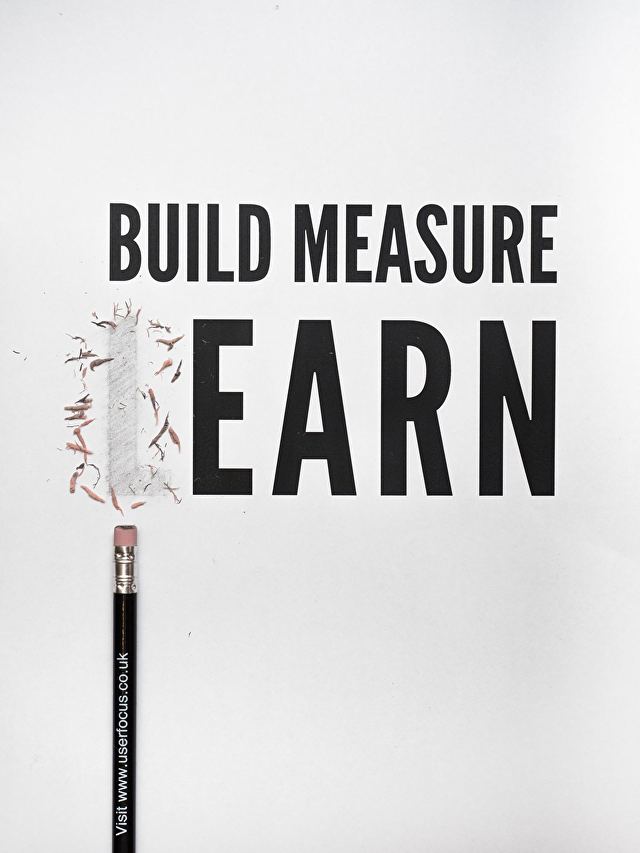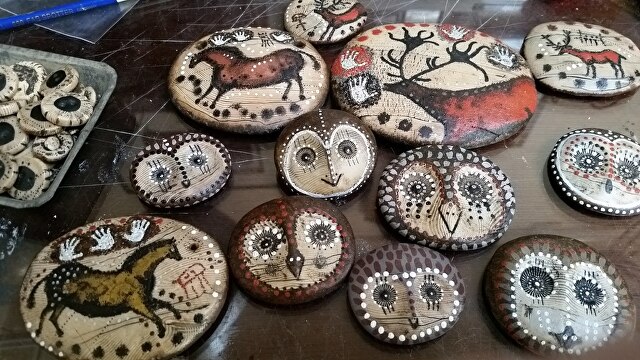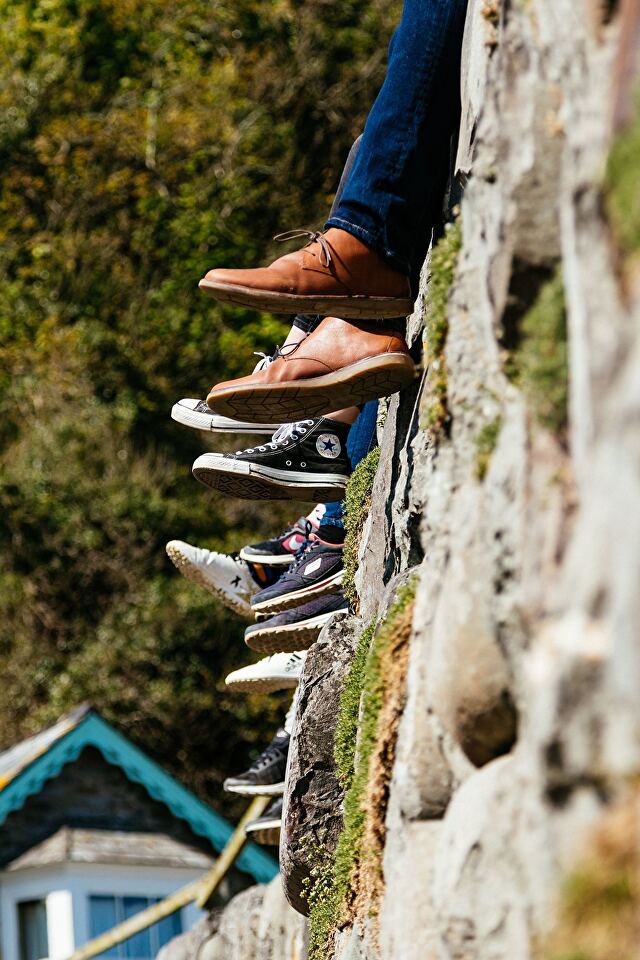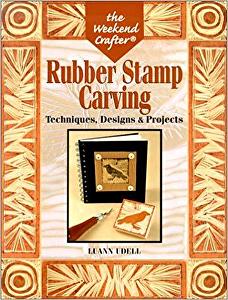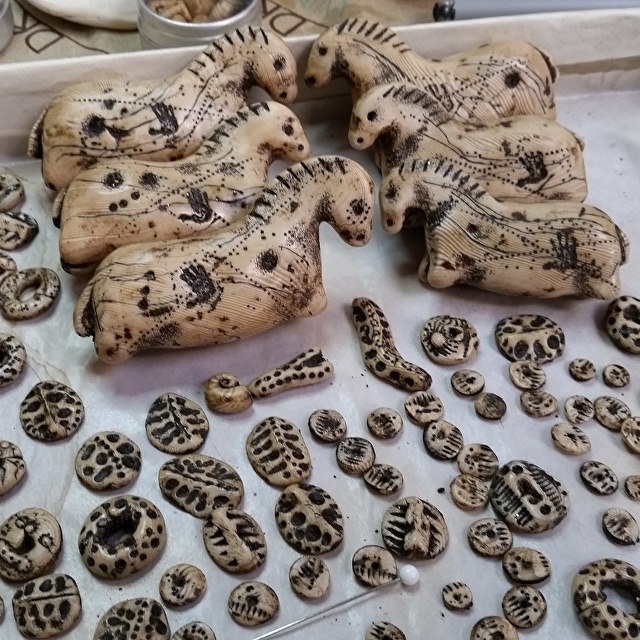EXERCISE FOR SUCCESS Tip #9: Stretch!
This post is by Luann Udell, regular contributing author for FineArtViews. She’s blogged since 2002 about the business side–and the spiritual inside–of art. She says, “I share my experiences so you won’t have to make ALL the same mistakes I did….” For ten years, Luann also wrote a column (“Craft Matters”) for The Crafts Report magazine (a monthly business resource for the crafts professional) where she explored the funnier side of her life in craft. She’s a double-juried member of the prestigious League of New Hampshire Craftsmen (fiber & art jewelry). Her work has appeared in books, magazines, and newspapers across the country and she is a published writer.

Strength needs stretch to reach maximum potential.
We all know it’s important to stretch. Everyone says so! But who has the time?? It’s hard enough squeezing in work-out time.
Turns out we must make the time. Because stretching is important to the balanced interplay between your bones, your tendons and your muscles.
When you have the right balance of tension between these three systems, they all move easily and freely. Each interacts with and supports the others.
Tight muscles tear when you put too much “reach” on them. Bones take too much impact when muscles and tendons aren’t working smoothly together. And too much stretch with not enough strength means joints can overextend or over-rotate.
Stretching can be part of the body’s process of laying down new muscle fiber. And stretching helps maintain the body’s range of motion as we age.
Best of all (in my mind), stretching connects you to your body. Done correctly, and gently, it simply feels good to stretch.
There’s a lot of debate over when and how much to stretch. Most experts seem to agree it’s best to warm-up gently, start working out slowly, then make it harder, saving the mega-stretches for after your work-out when your muscles are thoroughly warmed and relaxed.
However and whenever you do it, stretching strengthens the “rubber band” in you.
It’s the same with our artwork and art biz.
I think of stretching as the things that encourage us to be more flexible, more in balance with ourselves as artists. This includes the things that encourage us to lay down more “muscle fiber”–that force us to be better at what we do.
Here are some of those “artistic stretches” I’ve encountered:
1. Applying for bigger and better shows/events than I thought I was ready to do.
This forced me to speed up my production to increase my inventory. It forced me to figure out display, lighting, booth wall. I had to create support materials–postcards for pre-show mailings, catalogs, other promotional materials. It forced me to learn how to sell my work and to sell myself as an artist.
In short, it forced me to “grow up” and “get big”–fast!
2. Applying to juried exhibits.
This forced me to quit messing around photographing my own work and find a professional photographer. Yes, I still use my smartphone for social media, email newsletters, my shop. But for big-ticket events and advertising, there’s nothing like a high-quality, perfectly-posed and produced photo for best results.
3. Having my work copied.
At first this made me more proactive in protecting my designs, which is a losing battle. But it also got me out of my “safe area” and made me rethink how to combat copycats. I had settled into “sure thing” designs. This forced me to kick it up a notch.
I don’t take any shortcuts with my designs. I emphasize the work, the experimentation, and the research that goes into my artifacts. I share my stories more easily.
All of this helps establish me as an original maker, with a personal story, and a unique approach to telling it.
4. Taking a class outside my “safe zone”. It’s good to take a class that’s outside your normal field of expertise. For one thing, it can refresh and inform your art. For another, it puts you back in student/learning mode–always a good place for your brain to be!
Caveat: Some people get carried away with this kind of stretch, and remain perpetual students. Too many classes and workshops without doing the work is kind of like too much stretching before your workout–too much demand on your muscles before they’re actually at work.
That’s okay if this perpetual learning stage is enough for you–and for many people, it really is enough.
But if you yearn to be a “real artist”, you eventually have to do the work(out), too.
Also, using an instructor’s designs and patterns is a good way to get your artwork outside its usual box. But you must continue the “stretch”. You must find ways to make the technique “stretch” your artwork, and not simply recreate the instructor’s work. (They don’t need any help making their artwork, thank you very much.)
5. Thinking outside the box.
Trying different ways of making, marketing and selling your work than “everyone else” is doing. People who were early adapters of selling on the internet, home parties, alternate markets and niche markets refused to accept the status quo of how to sell art and craft. They saw what wasn’t working and tried something different.
Again, the work(out) after the stretch is just as important as the actual stretch. These early adaptors and innovators know these weren’t easy solutions or short-cuts to success. It took just as much work (if not more) to research these new ways of doing things, and to get them off the ground. But when it worked, it gave them increased flexibility than people who were still stuck with the old ways of doing things. This in turn brought them sustainability, and success.
Over the past few decades, there have been plenty of tough stretches for artists and craftspeople. After the 2008 recession, many artists and galleries gave up and left the industry altogether. Others hung on for dear life. A very, very few took up the mantra “Change or die”.
These hardy souls changed their outlook, their attitude, their product, their marketing, their strategies–everything. And they not only hung on, they thrived. They had to stretch, and the process restored balance in their business.
6. Dealing with negative and hostile people.
This is an odd one, but for me, it was a necessary stretch. I learned to stand up for my art in ways I’d never done for myself. When I met a person who was a roadblock to my success, I wouldn’t quit and go home. Instead of being reduced to a puddle of self-pity, I learned to flex my newly-discovered professional mettle. They forced me to find ways to go over, under, around and through them.
I learned to not internalize the judgments they passed or the nasty things they said. I learned to set them aside and focus on what really matters–making my art, and focusing on how I intend to bring it into the world.
Some became so toxic it forced me to stop hanging out so much at on-line forums (remember those??) and start a blog instead. Which forced me to write every day. Which eventually led to professional writing gigs, and a long history of articles and essays that I believe still have something of value to say.
Nice stretch!
7. Keeping it fresh.
Art centers, organizations, guilds, and other supporters of the arts are facing a new challenge. As they become more sophisticated and pickier in their artist selection, many younger, newer artists aren’t considered “good enough” or “traditional enough” to get in. We tend to forget that when we first started out, we weren’t at our peak, either. But the “safety net” of a supportive, encouraging art org gave us the opportunities to make our work, improve it, find an audience, learn how to talk with them, and make our work even more appealing to our collectors.
And our audience, too, as I mentioned earlier, gets older. They run out of wall space, or downsize, or….gasp….die. (Remember my horse sculpture that was bought at a yard sale? I’m sure the original collector didn’t put it there!) We need to constantly reach out (aka, “stretch!”) to attract and grow a new audience for our work.
Take stock of where you feel hidebound and muscle-bound. Where could you use some increased flexibility and suppleness?
What forced you to stretch, and how did it help? Let us know!




